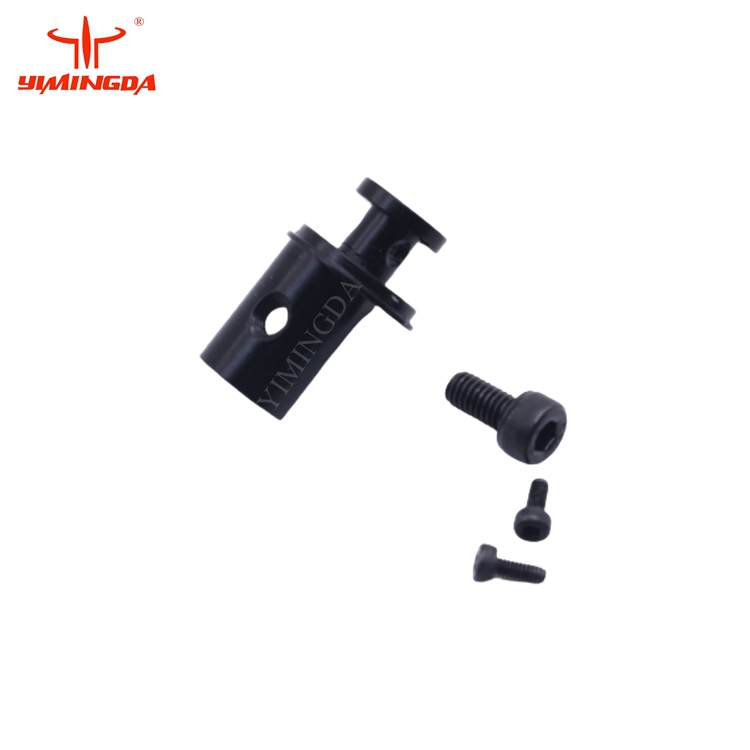A quick guide on making some vital adjustments to a drop-in replacement nut.
This nut is chipped at the back of the top E slot. It works OK, but if the chip was at the front, the nut would need replacing Gerber Cutter Parts

We should first point out that we’re not discussing how to cut, carve and slot a nut from a bone blank. That requires some serious luthier chops as well as specialist tools. Instead, we’re talking about drop-in replacements from suppliers such as Allparts UK, that are pre-slotted and will require only minimal adjustments in order to fit correctly.
Many factories fit nuts prior to the finishing stage, so the sides of the nut will be covered in lacquer or paint. You’ll have to score the finish around the edges of the nut very carefully to ensure you don’t remove chunks of finish along with the nut.
Nuts are usually glued in place, so you must proceed with care. After removing the strings, place a wooden block against one of the long edges of the nut and tap the block lightly with a mallet. Move the block to the other edge and tap it again, using very little force.
The idea is to rock the nut back and forth in its slot sufficiently to break any glue joints. Eventually, it should begin to move and you may be able to get a narrow flathead screwdriver under one end to prise the nut out from its slot.
If you’re working on a Fender-style neck, you will need to check whether you need to order a replacement nut with a flat or curved bottom. Pre-cut nuts are supplied very slightly over-sized, so you will have to adjust the thickness before they’ll drop into the slot. The ends will also have to be trimmed to prevent them from overhanging the edges of the neck.
Try fixing some 800 or 1000 grit abrasive paper onto a kitchen work surface with masking tape around its edges. You can use this to adjust the nut until it fits snugly into its slot. Assuming that it’s pre-slotted, you can adjust the height of the slots by sanding the bottom of the nut.
Be sure to work very slowly and try not to remove too much material at one time. If you have to remove material from the bottom of a curved nut, simply tape some abrasive paper over the fingerboard and move the nut base back and forth lengthways across the abrasive to maintain the desired radius.
Be very careful, because if you drop the nut too far down into the slot, the open strings will buzz against the first fret. Slightly too high is better than slightly too low here. Once you’re happy, place two small dabs of superglue on the underside of the nut and seat it in the slot. The key is to work slowly and accept that replacing a nut can be a long procedure.
Check out more of our DIY guides here.
We take the world's most exciting guitarists to our favourite guitar stores for a bit of retail therapy…
Latest : Guitar Shopping S1E6: Alfie Templeman
All you need to know about essential guitar gear in 60s - no filler, just the important stuff.
Latest : 60 Seconds S1E14: Beetronics Nectar
We chat with artists globally about their favorite guitars and the stories they hold.
Latest : My Guitars & Me S1E5: Dallas Green
More Guitar.com Originals coming soon - subscribe to always be in the know!
The world’s leading authority and resource for all things guitar.

Gerber Machine Price © 2024 Guitar.com is part of NME Networks.